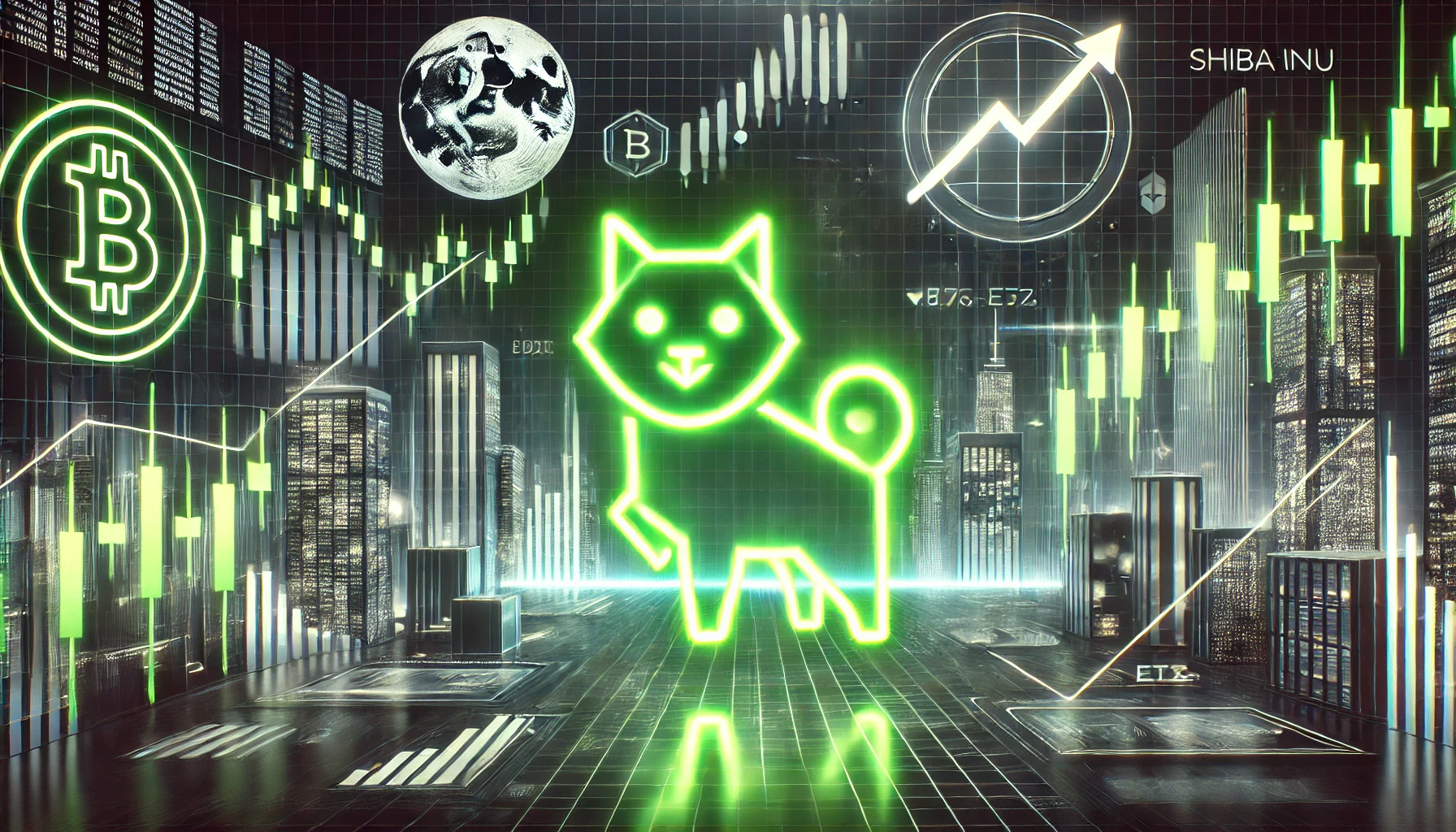ARTICLE AD BOX

- Hayden Adams urges Ethereum to stay committed to Layer 2 scaling instead of chasing Layer 1 models.
- Ethereum’s low transaction fees boost activity, but experts remain split on its future direction.
Uniswap founder Hayden Adams has again stolen the spotlight after joining a heated debate about the future of Ethereum’s scalability. He firmly stated that Ethereum should stay on the Layer-2 path, instead of looking at the Layer-1 strategy that Solana has been working on.
According to him, if Ethereum really relies on Layer-1 to support DeFi, then Solana actually has advantages in terms of roadmap, team, and a more efficient scaling model. Furthermore, Adams took a dig at the Ethereum community which he considered too easily changing direction.
“For the past five years we’ve been building a rollup-centric vision, but now the narrative keeps changing. If that’s the way to go, then you might as well just say you want to be Solana,” he said in a widely discussed post.
His comment immediately sparked a wave of discussion, with some even calling it a “hard slap from within our own home.”
I’m all for scaling improvements to L1, the rollup centric roadmap actually requires it
The thing I’m against is confused takes where ethereum is on a “rollup centric roadmap” but all the important things still have to live on L1 and we need L2s to scale but we don’t support…
— Hayden Adams  (@haydenzadams) April 19, 2025
(@haydenzadams) April 19, 2025
An Old Debate That Resurfaces Amid Ethereum’s New Momentum
Just imagine if a giant project like Ethereum suddenly changed direction in the middle of the road. It would definitely not only confuse users, but also developers who have been building the foundation on it. On the other hand, Adams’ statement comes at a time when Ethereum is actually enjoying an interesting momentum.
On April 18, 2025, transaction fees on the Ethereum network were recorded at just around $0.168—the lowest since 2020. This efficiency is largely due to the increasing use of Layer-2 solutions that reduce the burden on the main network.
Not only that, the number of active Ethereum addresses also jumped from 500,000 to 650,000 in the 24 hours at that time. This spike indicates improving on-chain activity, although the price of ETH itself is still fluctuating. Currently, ETH is trading at around $1,611.75, up slightly by 0.73% in the last 24 hours, with a daily trading volume of $6.91 billion.
However, analyst Peter Brandt warns that there is potential for a major correction. He calls the “descending triangle” pattern on the ETH chart that could signal a drop to the $800 level if support at $1,500 is broken. In contrast, other analysts such as AltcoinGordon are optimistic, saying that ETH could reach $10,000 in the next few months.
Interestingly, amid the Layer-1 vs Layer-2 debate, CNF previously highlighted Vitalik Buterin who is pushing for increased privacy on Ethereum, especially on Layer-1. Vitalik suggested that wallets like Metamask could hide sensitive user data before transactions are sent.
This proposal is not directly related to scalability, but it still touches on the main foundation: user convenience and security.
So now, Ethereum is at a difficult crossroads. Do you want to continue on the rollup path? Or start adopting the Solana approach? One thing is clear: the more internal voices like Adams and Vitalik, the greater the pressure to stay consistent with the initial vision.
.png)
 4 hours ago
1
4 hours ago
1








 English (US)
English (US)